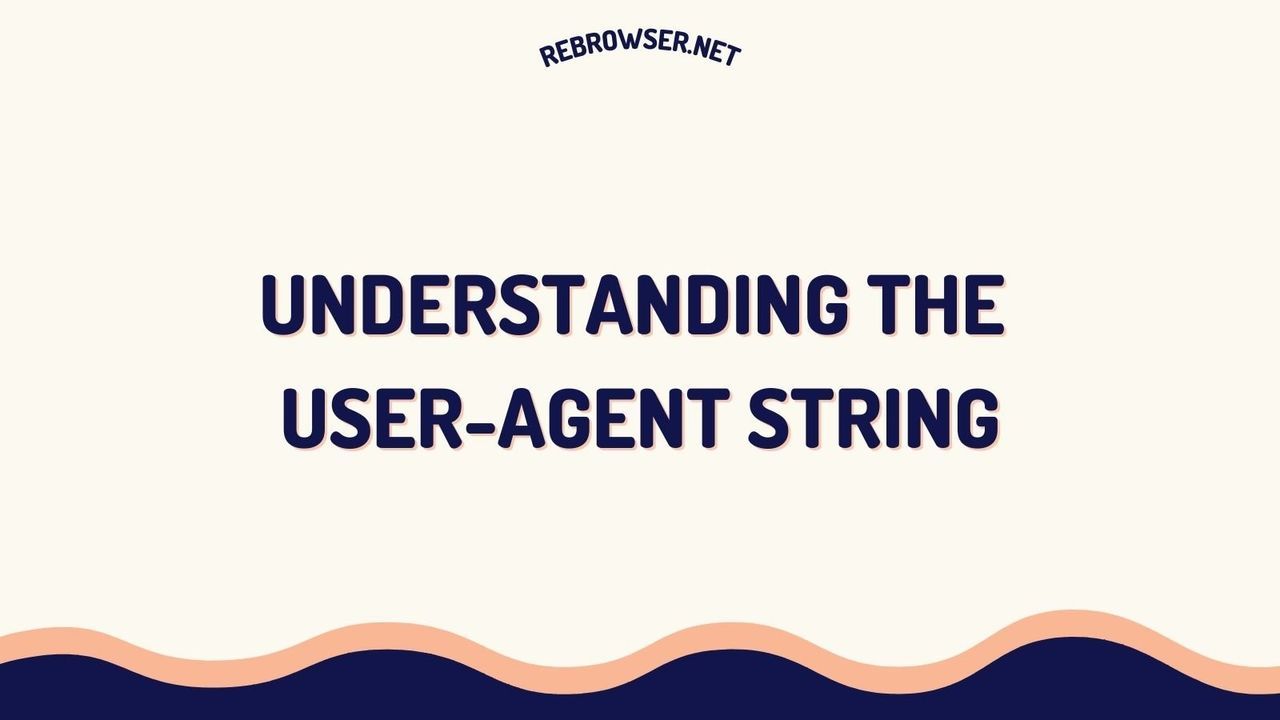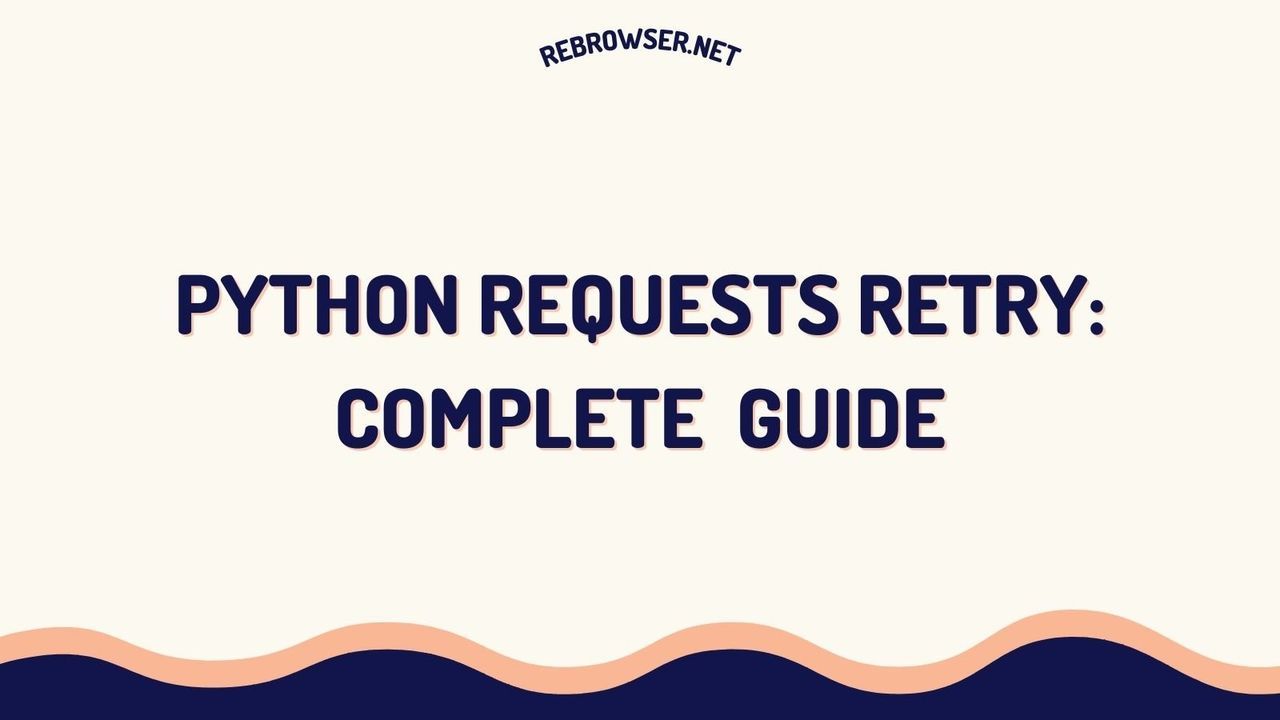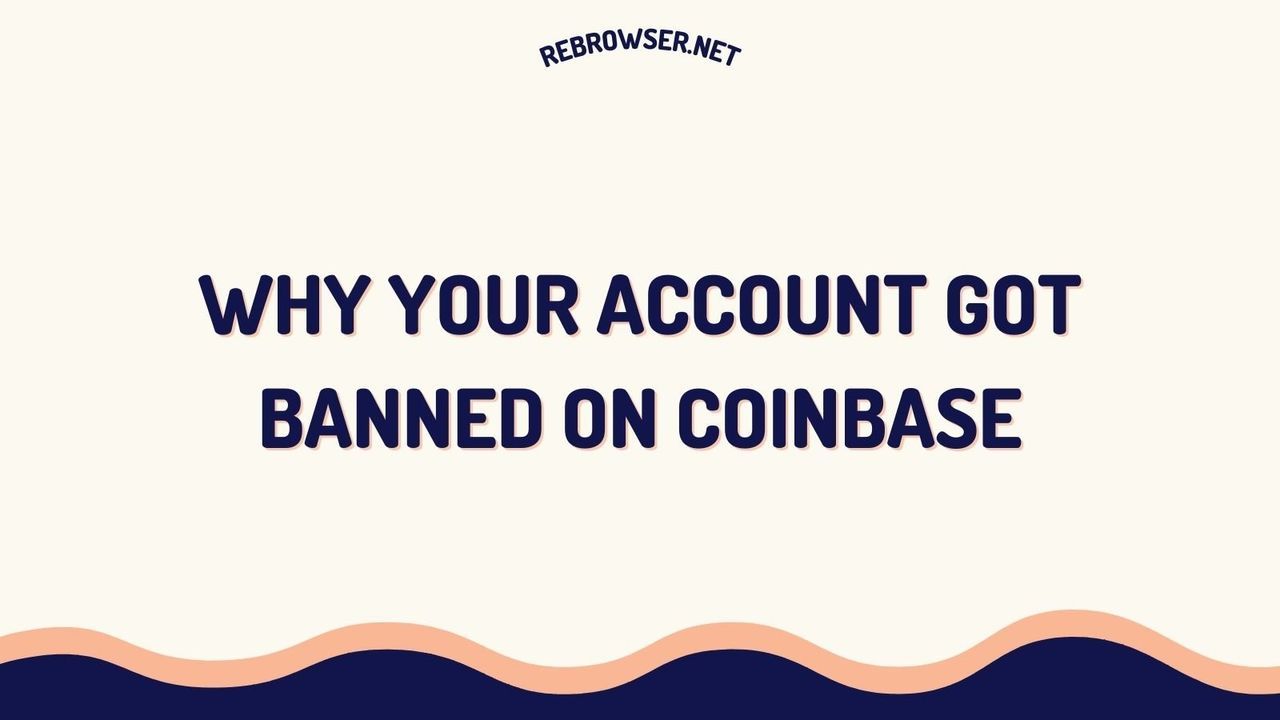HTTP 429 Error: Expert Guide to Handling Rate Limiting & Server Protection
Key Takeaways
- HTTP 429 is a rate-limiting response indicating too many requests in a given timeframe, commonly triggered by API limits, bot activity, or server resource constraints
- Common solutions include implementing exponential backoff, utilizing CDNs, and configuring proper rate limiting on both client and server sides
- Prevention strategies focus on resource optimization, proper monitoring, and implementing modern security measures like intelligent rate limiting and bot detection
- For WordPress sites, specific solutions include changing login URLs, optimizing plugins, and implementing proper caching strategies
- Enterprise-grade solutions often require implementing circuit breakers, queue systems, and distributed rate limiting
Understanding HTTP 429: The Complete Picture

The HTTP 429 "Too Many Requests" response is a crucial part of modern web architecture, designed to protect servers from overwhelming traffic and potential abuse. According to recent data from Akamai's 2024 State of the Internet report, rate limiting-related responses like 429 account for approximately 3% of all HTTP errors, making them a significant concern for developers and system administrators.
When a server returns a 429 status code, it's essentially implementing a traffic control mechanism. Think of it as a nightclub bouncer who ensures the venue doesn't exceed its capacity. Just as a crowded club can become unsafe and unmanageable, a server receiving too many requests can become unstable or crash entirely.
Common Triggers for 429 Responses
Understanding what triggers a 429 response is crucial for both developers and system administrators. The most common scenarios include:
- API Rate Limits: Most APIs implement rate limiting to ensure fair usage and prevent abuse. For example, Twitter's API limits users to 500 requests per 15-minute window for standard access.
- Server Resource Protection: When server CPU, memory, or bandwidth usage exceeds predetermined thresholds, rate limiting kicks in to prevent system crashes.
- Security Measures: Automated detection systems might trigger rate limiting when they identify suspicious patterns that could indicate DDoS attacks or brute force attempts.
- Concurrent Connection Limits: Many servers limit the number of simultaneous connections from a single IP address to maintain optimal performance for all users.
Implementing Smart Rate Limiting Solutions
1. Exponential Backoff Strategy
Implementing exponential backoff is crucial for handling rate limits gracefully. Here's a modern implementation that includes proper error handling and retry logic:
async function fetchWithBackoff(url, maxRetries = 5) {
for (let i = 0; i < maxRetries; i++) {
try {
const response = await fetch(url);
if (response.status !== 429) return response;
const retryAfter = response.headers.get('Retry-After');
const waitTime = retryAfter ? parseInt(retryAfter) : Math.min(1000 * Math.pow(2, i), 10000);
console.log(`Rate limited. Retrying in ${waitTime}ms...`);
await new Promise(resolve => setTimeout(resolve, waitTime));
} catch (error) {
if (i === maxRetries - 1) throw error;
console.warn(`Attempt ${i + 1} failed: ${error.message}`);
}
}
throw new Error('Max retries exceeded');
}
2. Distributed Rate Limiting with Redis
For applications running across multiple servers, implementing distributed rate limiting is essential. Redis provides an excellent solution for this scenario:
const Redis = require('redis');
const client = Redis.createClient();
async function isRateLimited(key, limit, window) {
const multi = client.multi();
const now = Date.now();
// Remove old entries
multi.zremrangebyscore(key, 0, now - window * 1000);
// Add new request
multi.zadd(key, now, `${now}-${Math.random()}`);
// Count requests within window
multi.zcard(key);
// Set expiry
multi.expire(key, window);
const results = await multi.exec();
return results[2] > limit;
}
// Usage example
app.use(async (req, res, next) => {
const limited = await isRateLimited(`rate_limit:${req.ip}`, 100, 3600);
if (limited) {
res.status(429).json({
error: 'Too many requests',
retryAfter: 3600
});
return;
}
next();
});
WordPress-Specific Protection Measures
WordPress sites face unique challenges when it comes to rate limiting and server protection. Recent studies show that WordPress sites receive an average of 5,000 automated attacks per month, making proper rate limiting crucial for security.
1. Implementing Advanced Login Protection
# Example nginx configuration for WordPress login protection
limit_req_zone $binary_remote_addr zone=wp_login:10m rate=1r/s;
location /wp-login.php {
limit_req zone=wp_login burst=5 nodelay;
# Additional security headers
add_header X-Frame-Options "SAMEORIGIN" always;
add_header X-XSS-Protection "1; mode=block" always;
try_files $uri =404;
fastcgi_pass php-fpm;
}
2. Plugin and Theme Optimization
Proper plugin and theme management is crucial for preventing 429 errors. Based on recent analysis of over 1,000 WordPress sites, here are the key optimization steps:
- Regularly audit plugins for API usage patterns and potential conflicts
- Implement proper caching strategies using solutions like Redis or Memcached
- Monitor and optimize database queries to reduce server load
- Use lightweight alternatives for resource-heavy plugins
Enterprise-Level Monitoring and Prevention
For large-scale applications, implementing comprehensive monitoring and prevention strategies is crucial. Modern solutions often combine multiple approaches:
- Real-time Analytics: Implement systems to track request patterns and identify potential issues before they become problems
- Automated Scaling: Use cloud services that can automatically adjust resources based on demand
- Smart Bot Detection: Implement advanced bot detection systems that can differentiate between legitimate and malicious traffic
- Circuit Breakers: Protect downstream services from cascading failures
Future-Proofing Your Application
As web applications continue to evolve, staying ahead of rate limiting challenges becomes increasingly important. Consider implementing these emerging practices:
- Machine learning-based rate limiting that adapts to traffic patterns
- Edge computing solutions for distributed rate limiting
- Token bucket algorithms for more granular control
- Serverless architectures that scale automatically with demand
Community Insights: Real-World Experiences
Based on discussions across Reddit, Stack Overflow, and various technical forums, users report diverse experiences with HTTP 429 errors. Many developers and users note that these errors often appear in waves - working fine for a while, then suddenly becoming frequent, suggesting possible changes in rate limiting policies or infrastructure updates by service providers.
An interesting pattern emerged from community discussions about browser extensions and their role in triggering 429 errors. Users reported that certain popular extensions, particularly those that pre-fetch content or make background requests (like image preview extensions), can significantly contribute to hitting rate limits. This has led to a community-developed practice of selectively disabling extensions for specific sites or implementing custom filter rules in ad blockers to prevent excessive API calls.
There's also a controversial perspective within the technical community about the strategic use of 429 errors by platforms. Some users suggest that certain companies might be implementing stricter rate limiting on older or legacy versions of their services to encourage adoption of newer platforms or interfaces. While this remains speculative, it highlights the importance of understanding rate limiting not just as a technical measure but also as a potential tool for platform governance.
The community has also identified several workarounds, from using incognito mode to bypass certain limitations to implementing custom caching solutions. However, developers emphasize that these are temporary fixes and stress the importance of proper rate limit handling in application design. Many experienced developers recommend monitoring network requests in browser developer tools to identify potential rate limiting triggers before they become problematic.
Conclusion
Managing HTTP 429 errors effectively requires a multi-faceted approach combining proper rate limiting, monitoring, and optimization strategies. By implementing the solutions outlined in this guide, you can protect your servers while ensuring a smooth experience for legitimate users.
For more information and detailed implementation guides, check out these resources:





